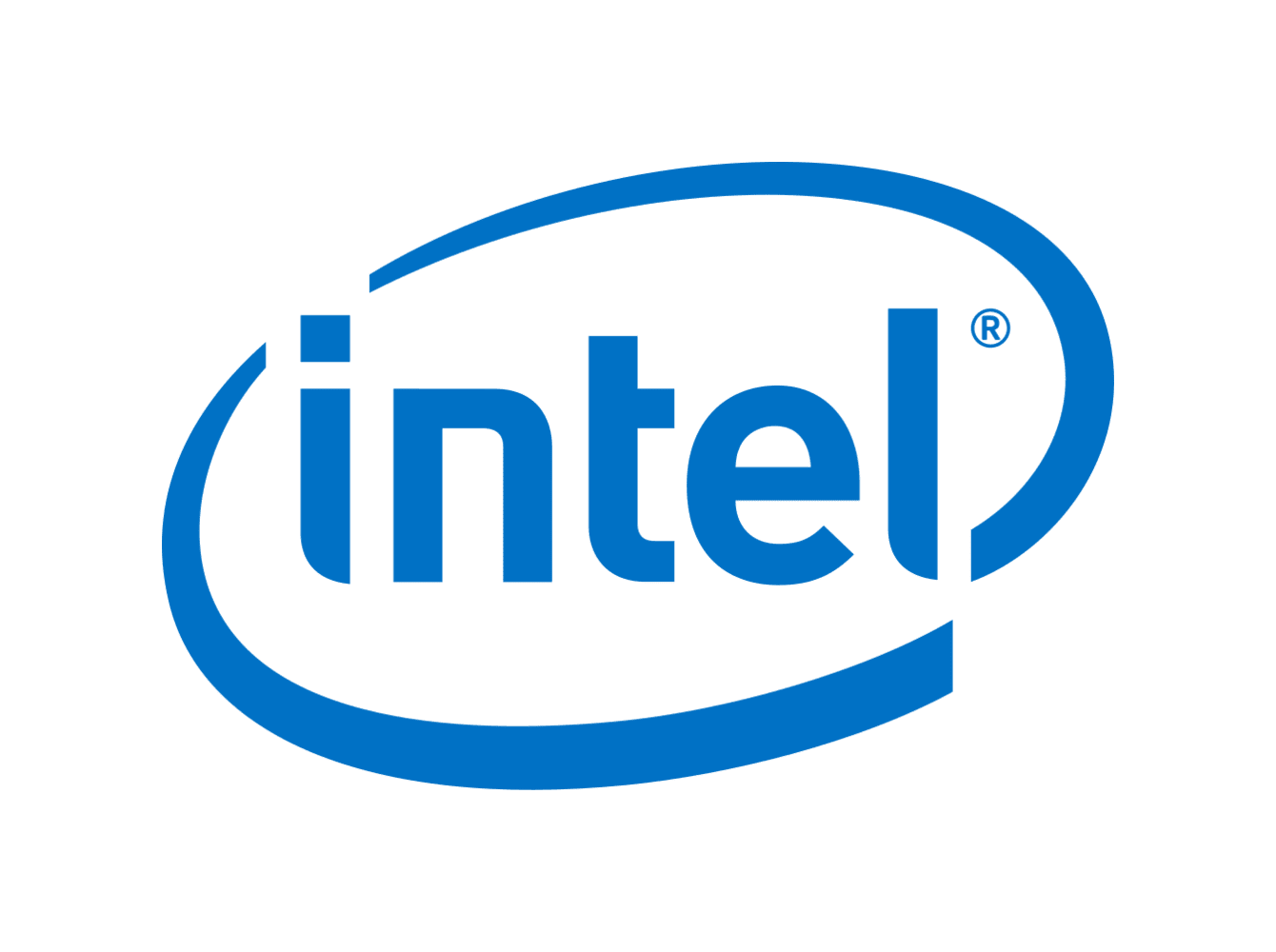Back when Intel introduced the 22nm Tri-Gate process, the great expectations were dashed because the transistor performance gains only materialized at the low clock/low voltage(Atom/GPU) end, while desktops got a regression.
https://www.anandtech.com/show/5771/the-intel-ivy-bridge-core-i7-3770k-review
Intel rejigged the 14nm process after the struggle with first iteration in Broadwell and in Skylake it finally exceeded the clocks on 32nm. Scientists working on processes dream of a process with very, very steep V/F curve.
Intel really ramped up clock focus to the maximum with the 10nm process. Lots of struggles for sure, but the Intel 7 variant shows that the V/F curve is not steep - it benefits high clocked desktop CPUs at the expense of lower power chips. This is part of why Raptorlake mobile catches up and pulls ahead at higher power compared to AMD’s Phoenix, when it loses significantly at lower power envelopes.
With Intel 4 and future variants the V/F curve will be more in line with what TSMC has. This will result in loss of max clocks, but you get better chips that clock lower which will benefit mobile and servers.
Arrowlake
While the Lion Cove cores in Arrowlake are said to be a significant jump with 8-wide decode and over 700 OoOE Reorder buffers, the leaked slides only show a small improvement in ST and modest one in MT.
This can be easily explained. Lion Cove P cores are probably 30% faster than the predecessor Raptor Cove but with significantly reduced clocks. The 30% per/clock gain will turn into ~10% ST gain. That means a roughly 5.5GHz MT clock will go down to 4.6GHz as an example. The reduced clocks are a match with post-Intel 4 changes and to better focus on power efficiency.
The improvements on MT is better because it looks like Skymont is yet another substantial improvement over Crestmont in Meteorlake but with no clock regression. So MT gains are mostly due to the E cores.
Interestingly, this will have a positive side effect in that having the E core on will reduce cases where there is a performance loss, because the gap between the P and the E will be much smaller. The E cores catch up in IPC slightly to the P while the clock gap essentially disappears. Think of a 60% difference being reduced to 30%. The ring will also be able to run at same frequency as the max speed of the cores too. While Raptorlake ring basically has no frequency penalty with E cores on, it’s still not as high clocked as the P cores.
Desktop vs Mobile
Arrowlake has at least two variants. Laptop and Desktop.
Desktop: Likely no LP E cores so it has latest instructions. Some chance of lower end SKUs being basically Meteorlake on an updated process. TSMC N3.
Laptop: LP E cores on the same SoC tile as Meteorlake, which means it will miss some instructions, since LP E cores are Crestmont. Intel 20A process. The HX series are identical to desktop. H is 20A. U is probably all Lunar Lake anyway.


If the arch changes are significant, and they try something new- it could easily be much worse than 10% IMO. It’s not like there isn’t precedent for large frequency drops on new Intel products.